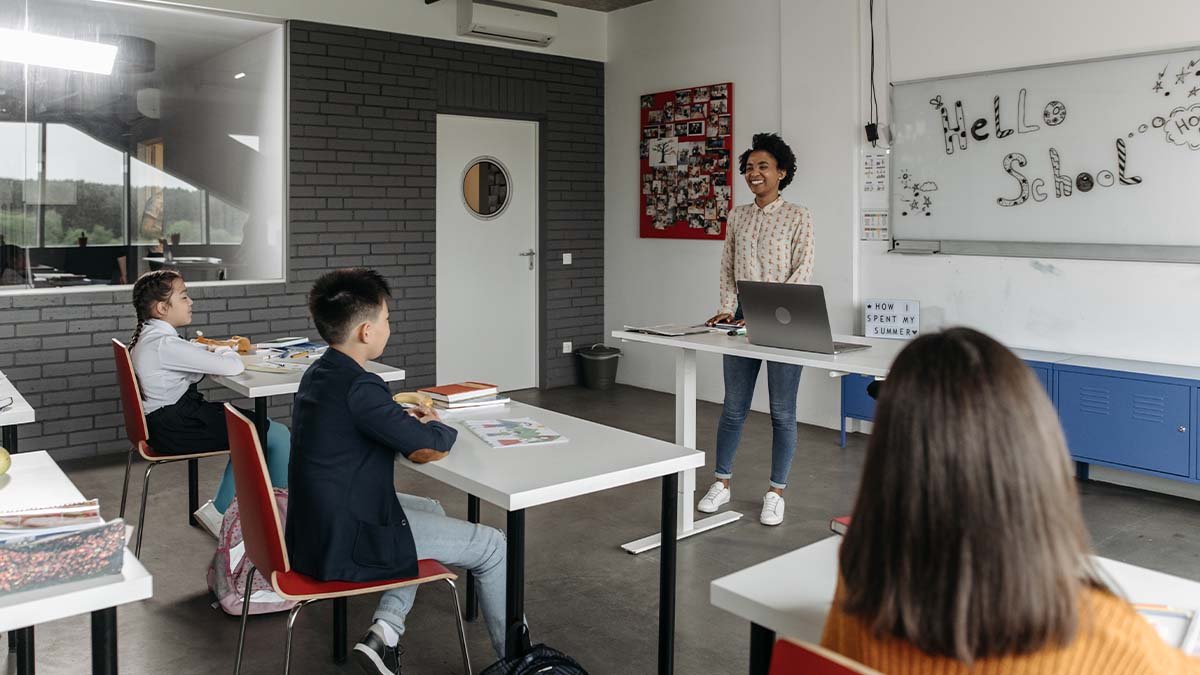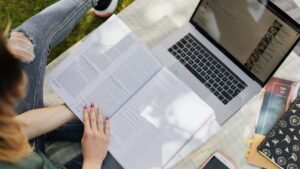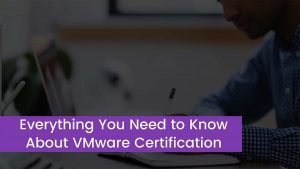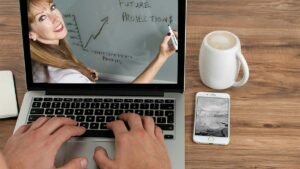In today’s world, learning is not just about memorizing facts and figures. It’s about understanding and connecting with diverse ideas, cultures, and ways of thinking. We all learn differently, and our backgrounds and experiences shape how we see and understand the world.
As educators, it’s our job to make sure that our classrooms reflect this diversity and richness. It ensures that students get the most out of their education. To make this happen, here are some strategies that can help create an inclusive and enriching learning environment.
1. Culturally Relevant Pedagogy
The foundation of a rich and inclusive learning environment lies in recognizing and valuing the diverse cultural backgrounds of students. Culturally relevant pedagogy emphasizes the importance of weaving a student’s cultural identity into their education. It goes beyond a singular lens of teaching and seeks to include a wide array of cultural narratives and traditions in the curriculum.
For instance, those who complete an MS in Curriculum and Instruction – Curriculum Leadership are equipped with the skills to create lessons that resonate with students from varied backgrounds. They are trained to weave cultural narratives seamlessly into their teaching. For example, when discussing literature, they might introduce authors from different parts of the world, allowing students to explore varied perspectives.
In geography, they could highlight the unique traditions and practices of regions, emphasizing the lived experiences of the people there. This approach not only deepens a student’s grasp of the subject but also fosters a sense of belonging and a greater appreciation for global cultures.
2. Utilize Technology and Digital Tools
Technology has transformed how we learn. Computers, tablets, and smartphones bring a world of knowledge to our fingertips. For educators, especially those with an MS in Curriculum and Instruction – Effective Practitioners, these tools can be a game-changer. They’re trained to use digital tools to make lessons interactive and engaging. For example, they might use an app to create virtual field trips, letting students explore far-off places without leaving the classroom. Or they might use online quizzes to check understanding in a fun, interactive way.
When used right, technology can make lessons more diverse, enriching, and tailored to individual needs.
3. Incorporate Different Learning Styles
Every person has a unique way they learn best. Some people are visual learners, meaning they understand better when they see images or diagrams. Others might be auditory learners, where they grasp concepts more when they hear them. Then, some are kinesthetic learners who learn by doing and touching.
Recognizing these styles and incorporating them into teaching can make lessons more engaging and effective. By mixing up how information is presented – maybe through a video, a song, or a hands-on activity – we can reach more students and ensure everyone gets a chance to understand.
4. Real-World Problem Solving
One of the most effective ways to engage students and make learning relevant is by introducing real-world problem-solving into the curriculum. This strategy challenges students to apply their knowledge and skills to address tangible challenges or situations they might encounter outside the classroom. For example, in a biology lesson, students could be tasked with devising a plan to address a local environmental issue, like conserving a nearby wetland. In a math class, they might be given a budget and asked to plan a community event, practicing the allocation of funds and resources.
By aligning academic concepts with real-life situations, educators not only make the content more engaging but also equip students with practical skills. This approach instills a sense of purpose, showing students that what they learn in the classroom has direct implications and value in the world around them.
5. Hands-On and Experiential Learning
Learning by doing is a powerful tool. Hands-on and experiential learning methods help students understand ideas not just with their minds but with their hands and senses, too. Imagine learning about plants not by just reading a book but by actually planting a seed, watching it grow, and taking care of it. That’s what hands-on learning looks like.
This approach helps students connect what they’re learning with real-world experiences. For instance, instead of just reading about history, students might reenact important events. Or, instead of simply studying science theories, they might conduct experiments to see those ideas in action. This method not only makes learning fun but also helps students remember and understand concepts better. When you’ve touched, seen, or done something yourself, you’re more likely to recall and value that experience.
6. Collaborative Learning and Peer Teaching
Learning isn’t just about individual growth; it’s also about growing together. Collaborative learning involves students working together to solve problems, discuss ideas, and share knowledge. Think about a time when you didn’t understand something, but a friend explained it in a way that suddenly made sense. That’s the power of peer teaching.
By working in groups, students can learn from each other’s perspectives. Maybe one student has a knack for explaining math problems, while another is great at coming up with examples in history. When they work together, they can help each other understand better. Plus, teaching something to someone else is one of the best ways to make sure you really understand it yourself. So, by encouraging group work and discussions, teachers help students learn both from and with each other.
7. Guest Speakers and Community Resources
Sometimes, the best way to learn about a topic is to hear from someone who’s lived it. Guest speakers bring fresh, real-world perspectives to the classroom. Maybe it’s a local artist talking about their craft, a scientist discussing their latest findings, or a community leader sharing their journey. These talks bring subjects to life and show students the practical applications of what they’re learning.
Furthermore, communities are filled with resources. Local museums, parks, businesses, and cultural centers can all be part of the learning experience. By connecting with these resources, teachers can make lessons more relevant and grounded in real-world contexts.
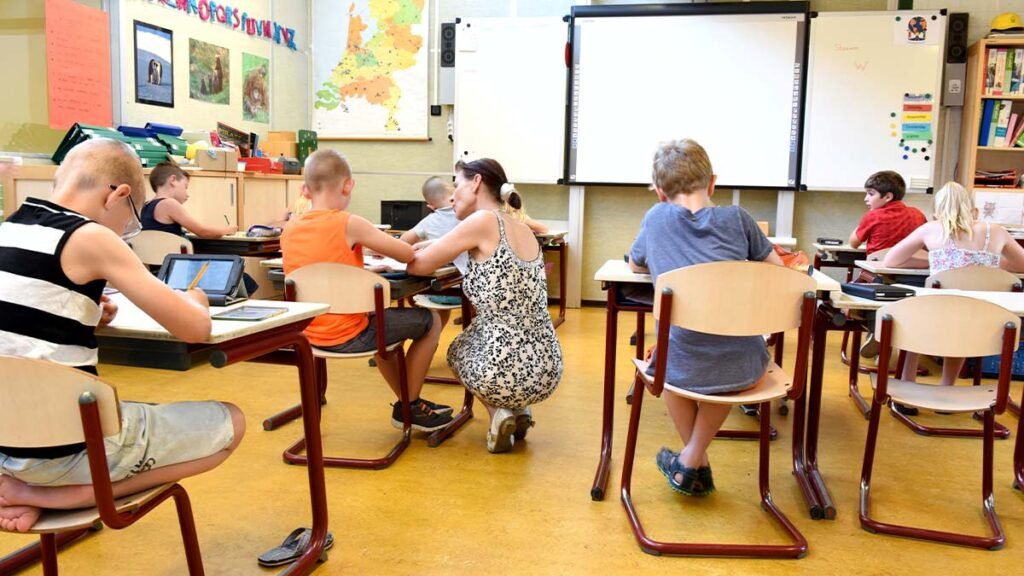
8. Interdisciplinary Teaching
Blending subjects can lead to a deeper understanding of the world. Interdisciplinary teaching is when educators merge ideas from different subjects to create a more comprehensive lesson. Instead of studying subjects in isolation, students can see how things connect in the bigger picture.
Let’s take an example: When learning about the environment in science class, why not blend in literature by reading stories that discuss nature and its importance? Or, during a math lesson, incorporate history to show how ancient civilizations used mathematics in their architecture and daily life. By doing this, students understand that knowledge isn’t just a set of separate boxes but a web of interconnected ideas.
Interdisciplinary teaching also caters to different interests. A student who might not be particularly interested in numbers might engage more when those numbers tell a historical or artistic story. By showing how subjects overlap, educators can spark curiosity and encourage students to see the relevance and applicability of what they’re learning in various facets of life. This approach not only diversifies the learning experience but also prepares students for real-world scenarios where problems don’t come neatly categorized but require a blend of knowledge from different domains.
Conclusion
To truly make learning diverse and enriching, it’s essential to blend different teaching methods, resources, and experiences. By embracing these strategies, educators can create a learning environment where all students feel valued and engaged, making the journey of learning not just informative but also deeply meaningful and memorable.

